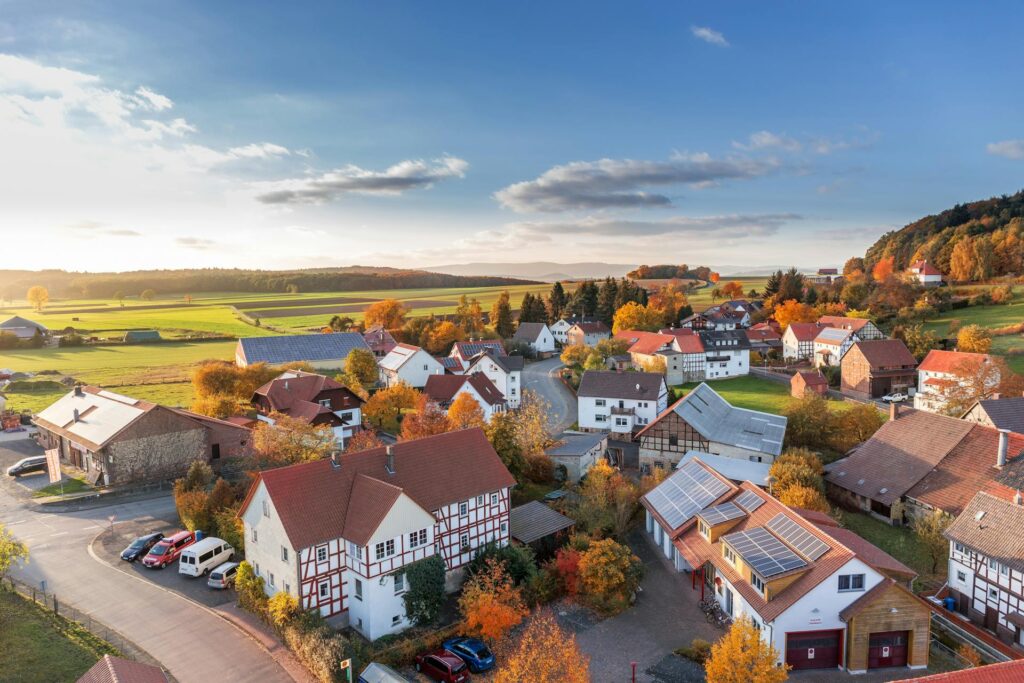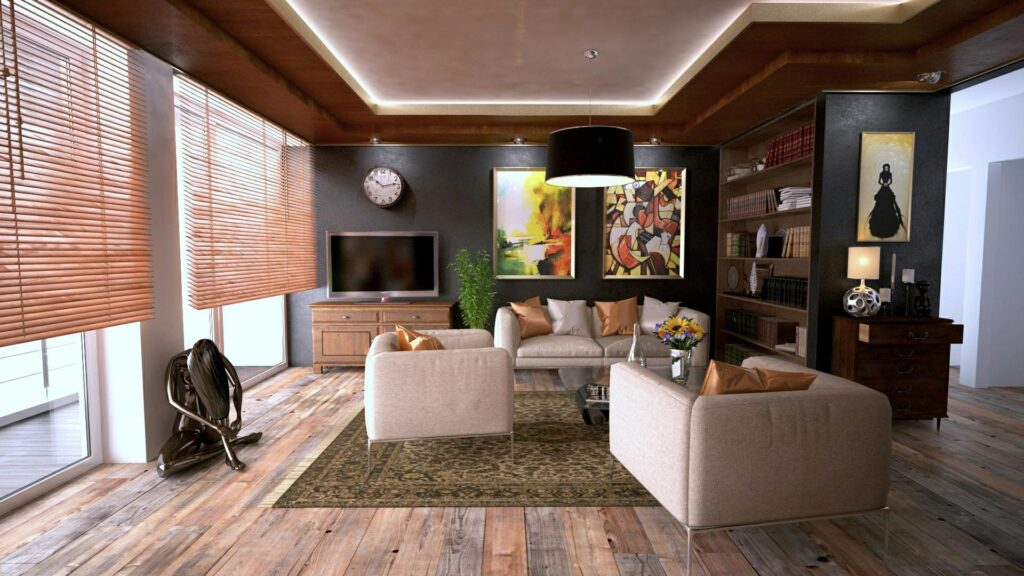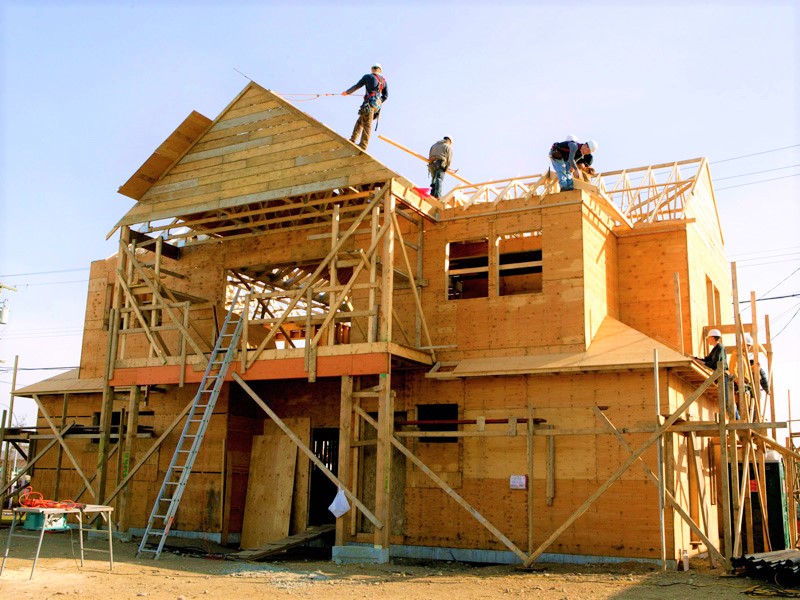A well-designed and maintained yard can significantly enhance the beauty and functionality of your outdoor space. Whether you're looking to create a peaceful retreat, entertain guests, or increase the value of your property, landscaping projects offer endless possibilities. From simple enhancements to complete overhauls, here are several transformative landscaping ideas to consider for your yard.

Create Defined Spaces
One effective way to transform your yard is by delineating different areas for various activities. For instance, designate a cozy seating area with a pergola or a fire pit for gathering with friends and family. You could also create a separate space for gardening, complete with raised beds or containers for growing herbs, vegetables, and flowers.
Add Texture and Color
Incorporating a variety of plants with different textures and colors can add visual interest to your yard. Consider planting a mix of shrubs, perennials, and ornamental grasses to create depth and dimension. Choose plants that bloom at different times of the year to ensure year-round color and appeal.
Install Hardscape Features
Introducing hardscape elements such as pathways, retaining walls, and patios can transform your yard into a functional and visually appealing outdoor living space. Use materials like stone, brick, or pavers to create pathways that connect different areas of your yard and add structure to the landscape.
Create a Water Feature
A water feature, such as a fountain, pond, or waterfall, can add a sense of tranquility and serenity to your yard. The sound of running water can help mask noise from nearby streets or neighbors, creating a peaceful oasis where you can relax and unwind. Water features also attract birds and other wildlife, adding to the natural beauty of your yard.
Focus on Sustainability
Incorporating sustainable landscaping practices can not only benefit the environment but also save you time and money in the long run. Consider planting native plants that are adapted to your region's climate and require less water and maintenance. Install a rain garden or a rainwater harvesting system to capture and reuse rainwater for irrigation purposes.
Illuminate Your Landscape
Adding outdoor lighting can enhance the ambiance of your yard and extend the usability of outdoor spaces into the evening hours. Use a combination of path lights, uplights, and spotlights to highlight key features such as trees, shrubs, and architectural elements. Consider installing energy-efficient LED fixtures with timers or motion sensors for added convenience and savings.
Create a Play Area for Kids
If you have children, transforming a portion of your yard into a dedicated play area can provide them with a safe and enjoyable space to engage in outdoor activities. Install a swing set, sandbox, or playhouse, and consider adding soft surfacing such as mulch or rubber tiles to cushion falls and reduce injuries.
Incorporate Outdoor Living Spaces
To maximize the usability of your yard, consider adding outdoor living spaces such as a deck, patio, or pergola. These structures provide shade and shelter from the elements, allowing you to enjoy your yard in comfort year-round. Furnish these spaces with comfortable seating, dining furniture, and outdoor rugs to create a cozy and inviting atmosphere.
Invest in Professional Design and Installation
While many landscaping projects can be tackled as DIY endeavors, complex or large-scale projects may benefit from professional design and installation services. A landscape designer can help you create a cohesive and cohesive plan that takes into account your budget, preferences, and site conditions. They can also recommend suitable plants and materials and oversee the installation process to ensure quality and satisfaction.
Regular Maintenance is Key
Once you've completed your landscaping projects, ongoing maintenance is essential to keep your yard looking its best. This includes regular watering, fertilizing, pruning, and weeding to ensure the health and vitality of your plants. Additionally, periodic inspection and repair of hardscape features will help prolong their lifespan and functionality.
In conclusion, transforming your yard with landscaping projects offers a multitude of benefits, from enhancing curb appeal and property value to creating functional outdoor living spaces for relaxation and recreation. By incorporating a combination of design elements, hardscape features, and sustainable practices, you can create a beautiful and inviting outdoor oasis that you'll enjoy for years to come.


